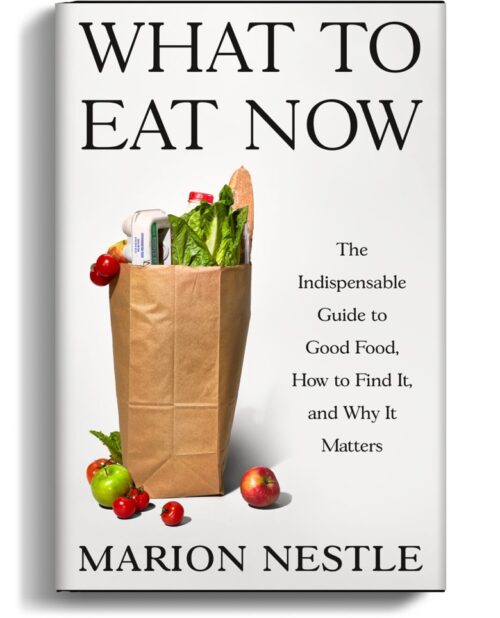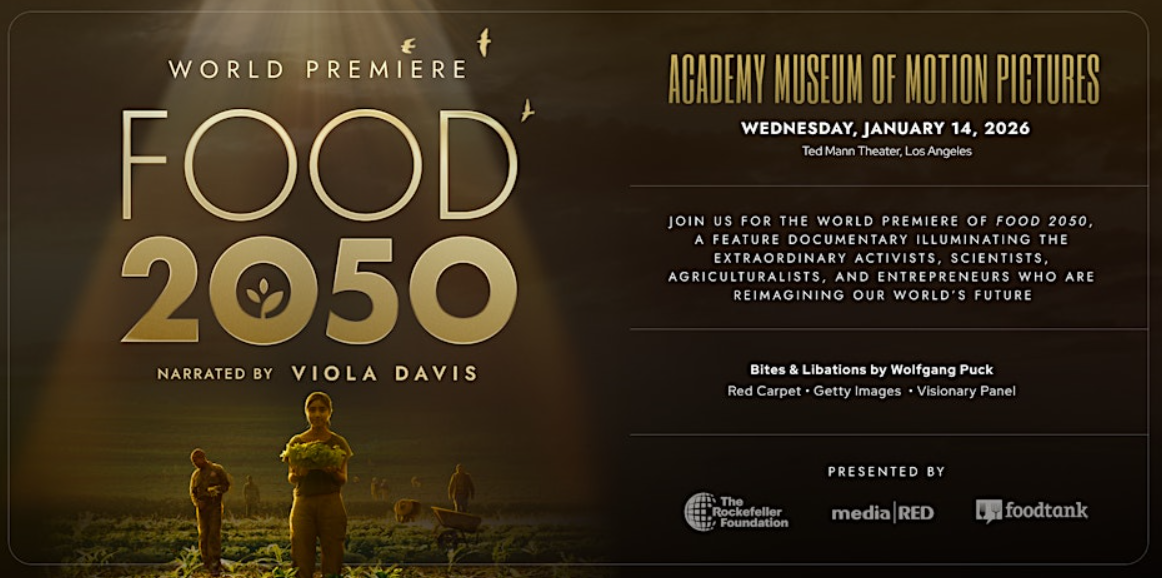Food Safety Legislation: Fix FDA vs. Fix the System?
Senator Dick Durbin (Dem-IL) has introduced The FDA Food Safety Modernization Act to give this beleaguered agency the tools and resources to do its job properly. The proposed Act got immediate endorsements from food industry trade groups: grocery manufacturers, producers of fresh vegetables, and producers of frozen foods, for example.
How come food lobbying groups suddenly want a stronger FDA? No doubt because the alternative is a single food safety agency that would impose real rules with real teeth, and would oversee the safety of food from farm to table. Rosa DeLauro introduced just such a bill in the House.
And how’s this for today’s rumors (most definitely unconfirmed): Michael Osterholm is up for USDA undersecretary for food safety and Michael Taylor for head of the White House Office of Food Safety. Caroline Smith DeWaal, a strong consumer advocate for foods safety is out of the running; she works for Center for Science in the Public Interest (CSPI). These are just rumors. If they turn out too be true, I will have more to say about the potential nominees.




